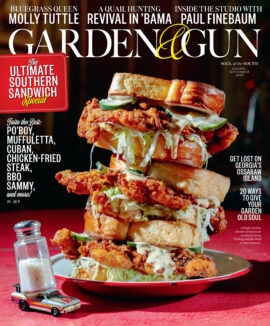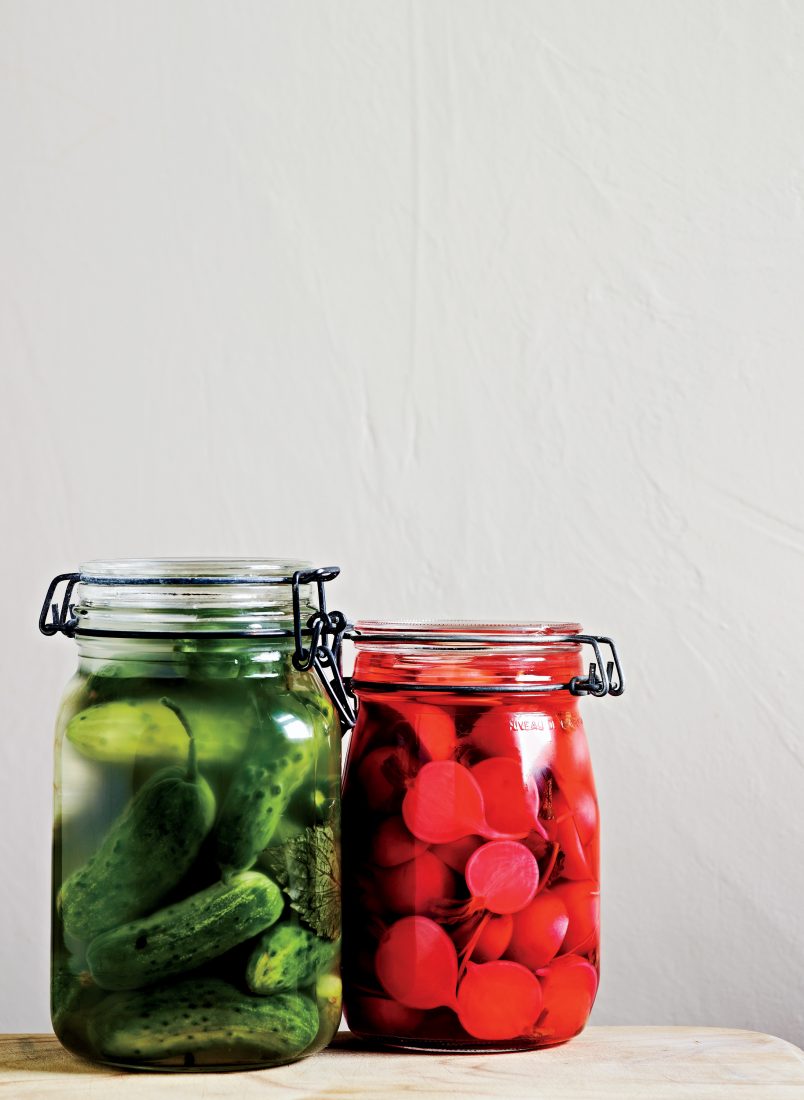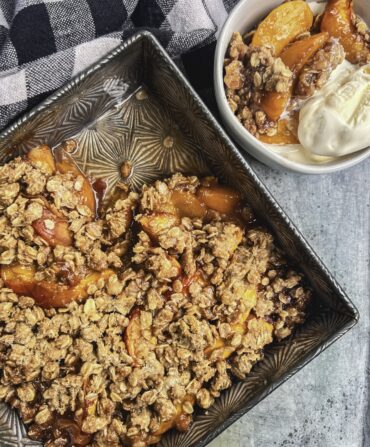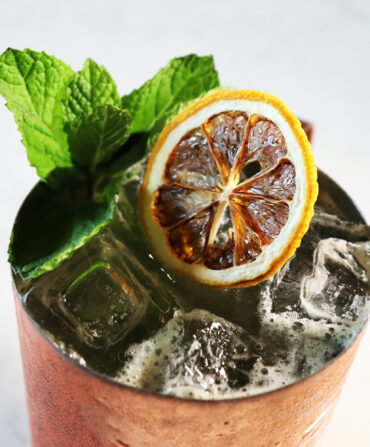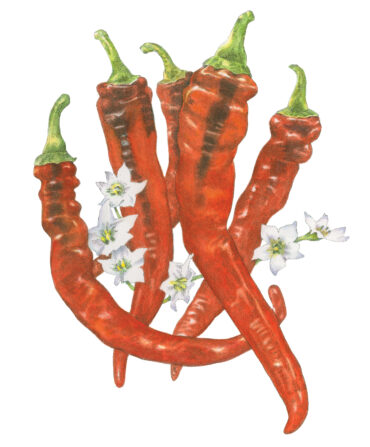Unlike intrepid cooks farther north, who pickle to get through a long winter, Southerners pickle to survive the heat. In weather that can make a peach melt on the counter and a field cucumber turn to a seedy, bitter mess over the weekend, a few quick pickling tricks turn heartbreak into culinary genius.
At Lantern restaurant in Chapel Hill, North Carolina, chef-owner Andrea Reusing embraces the best of the Southern pickling tradition with a pickle plate that is a welcome and crowd-pleasing starter. But Reusing knows that pickling isn’t really a restaurant game. “The pickle plate has been this homemade, personal thing because it’s a lot of work,” she says. “It’s a real treat if you make pickles for someone.”
Reusing’s love affair with pickling and fermenting (pickling’s more complex older sister) started with her grandmother, who had a basement operation from which poured all manner of sauerkraut, pickles, and brandied peaches. Canning equipment often covered the Ping-Pong table. “It interfered with gaming but fascinated me,” Reusing says. And it clearly made an impression. Reusing once made her toddler daughter share a bedroom with crocks of fermenting cabbage because the temperature there was just right for storage.
Homemade pickles are a bit easier to control. Soak a vegetable four hours in vinegar or brine, and you have a pickle. But they’re best after at least twenty-four hours. Reusing keeps the process interesting by giving it a hard Asian twist—adding shiso leaves to cucumber pickles and dropping all manner of vegetables into a bath of vinegar, Thai red chiles, and ginger. But don’t go crazy. “Keep it to two distinct flavors,” she says. Beyond pickling’s utility, it’s also a great way to add some unexpected punch to the table—perfect, as Reusing notes, for late summer “when your family is sick of you and your CSA.”

